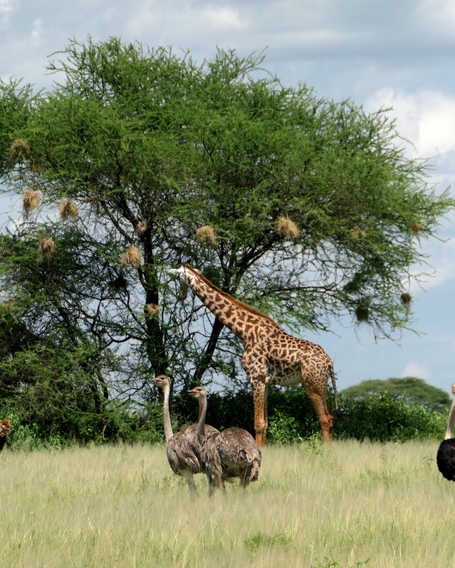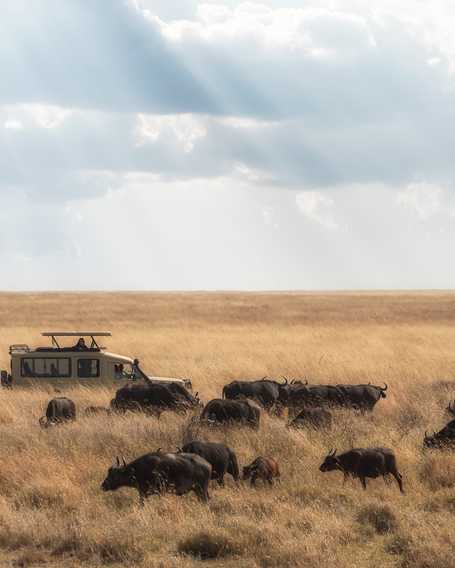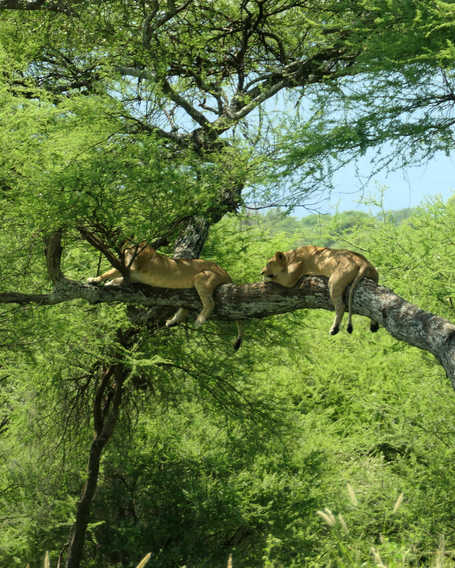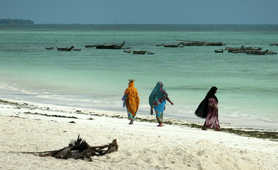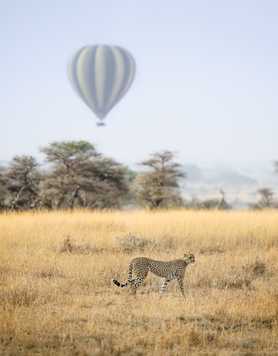
Kilimanjaro
The highest mountain in the world to stand on its own in the middle of a coastal plain, and the highest point on the African continent at 5,895 m. The massif is made up of three volcanoes, Kibo, Mawenzi (5145 m) and Shira (4002 m). Uhuru Peak, the summit, is on Kibo.












